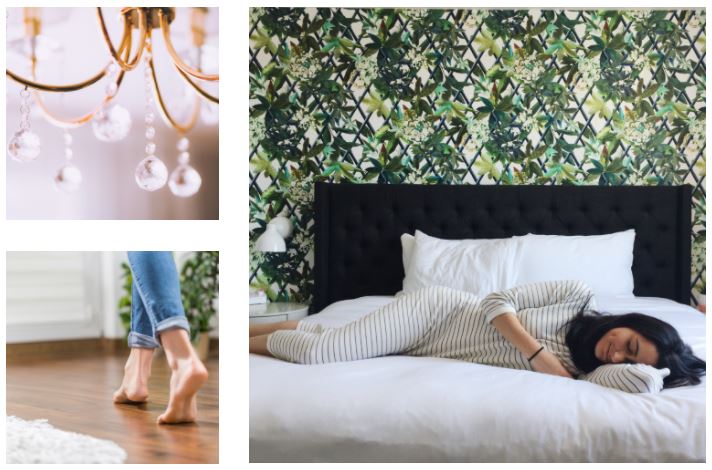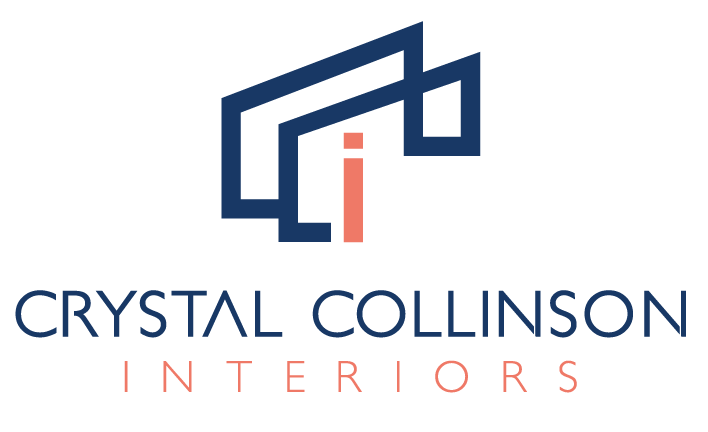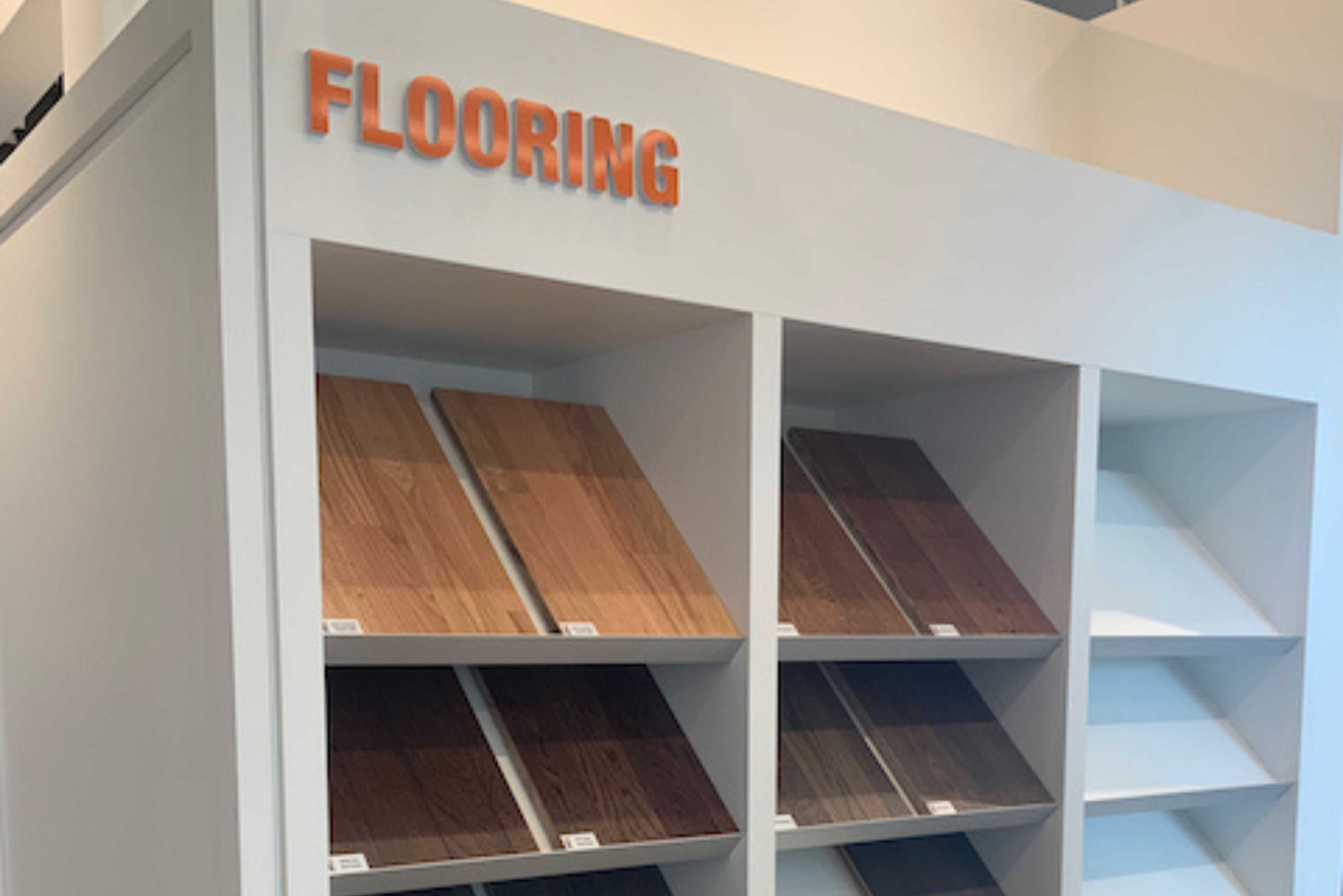It’s time for the latest installment in my Work Well with an Interior Design Professional series! I’m so happy to see that this series has been resonating with my community. From professionals working for new home builders and condo developers to home owners and fellow interior design professionals and students, we can all benefit from better understanding the process of working with an interior design professional, and how to make the experience as smooth and easy as possible for all parties involved.
Today we’re talking about Step 7. Need to catch up? You can read Part 1 here, Part 2 here, Part 3 here, Part 4 here, Part 5 here and Part 6 here.

Step 7: The Purchase Management Phase
This phase involves the ordering and purchasing of all “hard” goods. What are “hard” goods, you may ask? Hard goods are the solid, foundational pieces in interior design – appliances, finishes, fixtures, electronics, and so on. By contrast, “soft” goods are interior furnishings and fittings: furniture, area rugs, window treatments, mirrors, art, and accessories.
As we covered in Part 3, Part 4, and Part 5, by this point in the process many different items have already been sourced, from finishes to fixtures. I’m talking floor and wall tiles, flooring, wallpaper, doors and hardware, task lights, decorative light fixtures, and decorative hardware. All of these details have been nailed down and finalized, and approved by the client.
In this phase, it’s time for the interior design professional to purchase these items on behalf of the client, as per the approved budget.
Scared of negotiating? No need to worry, as these details will be taken care of by the designer, who will administer the orders with suppliers, vendors, and other representatives. The interior design professional aims to negotiate the best price on the client’s behalf.
Next, the interior design professional monitors shipments to ensure that the goods come in on time, and to resolve any problems that may arise related to undelivered or late goods. This is a big responsibility, as many interior design projects are tightly scheduled endeavours where deadlines really matter. Hopefully everything comes in on time and there are no issues, but in the real world, there usually are issues – at least one or two, anyway! Having the interior design professional own this takes any pressure and stress off of the clients’ shoulders.
The designer also coordinates deliveries to the site for installation, whether that’s a model home, a sales centre, or a residential home. Again, the interior design professional makes sure that the entire delivery process runs smoothly and on schedule, so that the client has complete peace of mind.
That’s it for Step 7!
Stay tuned and watch my blog to learn more about Step 8.
Questions? Comments? Just comment below and let me know!





